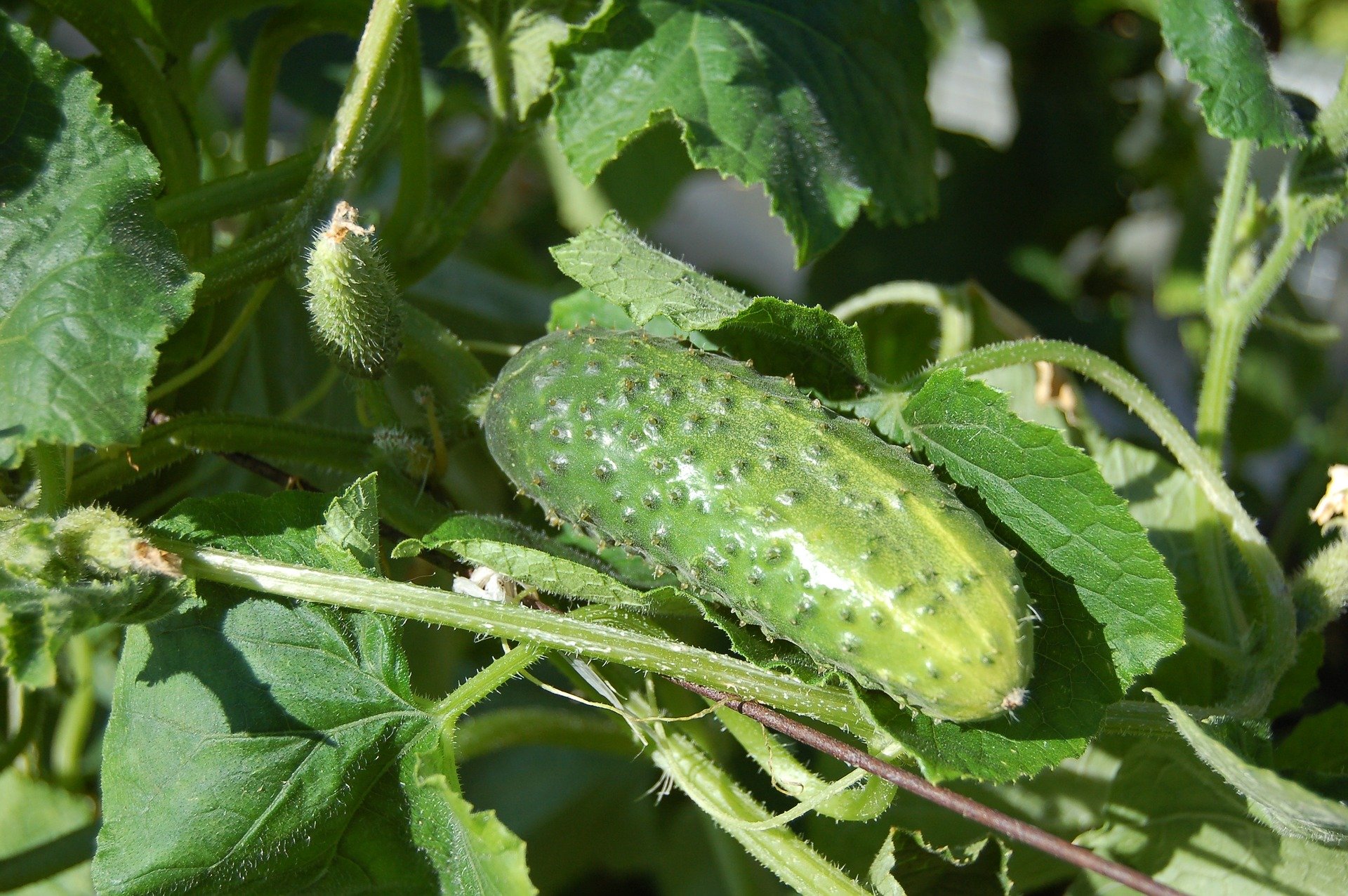
The picking robot that is set to replace the (nowadays scarce) Eastern European greenhouse workers seems to be almost here. The family-owned company VDL (Van der Leegte Groep) from the Dutch province of Brabant is working towards a market launch in mid-2021. That is what Harrie Schonewille, director at VDL and responsible for the development of the robot, said during a presentation at the EAISI Summit held by the Eindhoven University of Technology (TU/e).
Following a series of failed initiatives worldwide, the game-changer that should enable VDL to let the picking robot do what it is supposed to do, i.e. pick and harvest fruit and vegetables, is AI.
The robot has to learn what is a leaf and what is a cucumber
The difference with methods used so far to build a picking robot is that they do not scan thousands of images of fruit and leaves that the robot uses as a basis to identify what it had to pick or harvest. Instead, the robot gets software with an algorithm that allows it to recognize what a leaf is and what a fruit is, among other things, and when and where to snip it off.
The robot that VDL is now developing is geared towards picking cucumber plant leaves, says Schonewille. “That’s more difficult than picking fruit. They are easier to recognize. That’s especially true when it comes to fruit, which has a different color, such as tomatoes.”

For cucumber growers in greenhouses, it is important to remove the leaves from the stem. The reason for this is that there is then more room for the fruit to grow. That means that the harvest will be bigger once the leaves are cut away. This allows the fruit to be better exposed to light than if they were to grow underneath the foliage.
Green environments change all the time
VDL is developing the concept for this robot in cooperation with various technology suppliers. Not only is AI a crucial application for success, but also, for example, sensors that need to monitor the environment and ‘smart grippers.’ These are smart tools that cut very precisely. The fact that the environment is constantly changing because the plants are growing complicates things even further. Cucumbers can even grow as much as 70 centimeters a week. This means that the robots must be able to perceive the environment in detail and also be able to recognize exactly what they are observing.
When robots trim away leaves, for example, they have to be able to recognize which one is the stem, which one is the petiole (that’s where the clipping point is), and which are the leaves. This can be done by scanning and programming the pixel structures of all plant parts. The robot then will recognize the leaf not by its shape but by its pixel structure. (By the way, this technology is also used to make videos of people. The pixel structure of someone’s face is scanned in and then programmed into the pixel structure of someone else’s face that is played on a video).

The most important component of the robot is the circuit board where all the circuits that connect the various systems of the robot together are located. “We are developing this together with a partner,” says Schonewille. “That development may cost as much as a million euros.”
Working on the perfect circuit board
But once that circuit board is perfected, it can be mass-produced, which makes it far less expensive. This circuit board can also serve as a basis for robots that have very different applications, says Schonewille. That could be a robot that is used in healthcare to perform simple tasks in the vicinity of patients. The circuit board does not need to be modified for this purpose. Which justifies the steep development costs.
The use of robots in greenhouse environments is profitable, but only if the greenhouse design is adapted to it. The robot is actually slower than humans, Schonewille points out. “The robot we are developing is even three times slower. But because it can work 24 hours a day instead of eight hours a day, it is still cost-effective. In principle, the costs are recouped after two years.”
In actual practice, the robot cannot work 24 hours a day in the same greenhouse because, for example, cucumber plants have to be kept in darkness for at least four hours a day. It is of course possible to adjust the areas in a greenhouse accordingly.
Harvest increases by 30 percent
Technically speaking, it won’t be a revolution if the picking robot finally does succeed, Schonewille believes. Although it is from an economic point of view. A square meter of greenhouse produces 90 kilos of cucumbers a year if they are harvested by people, says Schonewille. A picking robot increases that weight per square meter by more than 30 percent to 125 kilos per year.

